|
RAF oxygen masks
The oxygen masks used by the RAF and British Commonwealth Nations were mainly RAF issue masks, only the RCAF had develloped her own mask. The early masks were made of cloth and lined with chamois inside. Several different microphones could be installed in those masks. Later on the first rubber masks were introduced in 1941. These rubber masks were also lined with chamois to improve comfort and to prevent any skin injuries dued to friction. The masks used during WW II are the D, E, E* (E star), G and H Type. The D Type is the only cloth mask used during the Battle of Britain and the early war period prior the introduction of the E Type mask. All masks can be attached to the helmet by means of press studs. Note, D Type masks can only be fixed to B Type helmets or other helmets which have a modification to accomodate the wear of such a mask.
Early oxygen masks
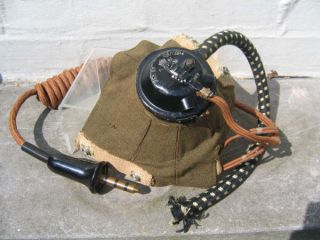 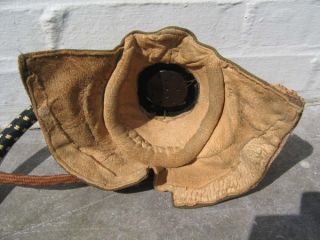 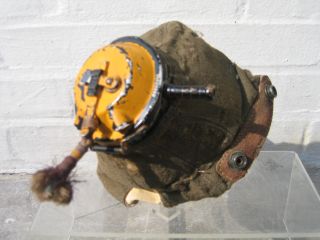
Left: RAF issue D Type oxygen mask with type 21 microphone. Note the special studs for attaching the mask to the helmet on the inside while other masks are fixed on the outside.
Middle: Interior view of the D Type mask.
Right: Other example of the D Type mask with Type 21 microphone painted in yellow.
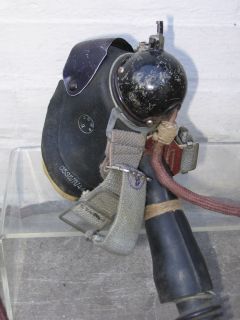  
Left: Side view of RAF E* Type oxygen mask fitted with a Type 28 carbon microphone.
Middle: Interior view of chamois lining.
Right: Side view; the expiration valve is clearly visible.
Later oxygen masks
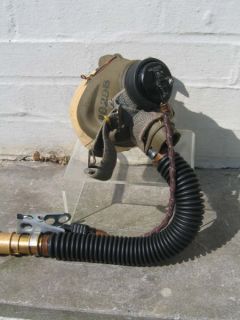 
Left: RAF G Type oxygen mask fitted with a type 48 microphone which plugged in on the flying helmet.
Right : Inside view of the G Type mask. Note the extra chamois lining, a field modification.
|